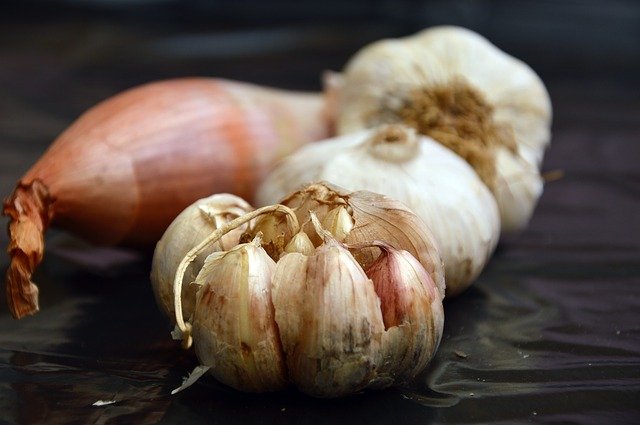



Article by: Hari Yellina
A consortium of Australian university academics is taking on the challenge of combating viruses in garlic plants. Garlic that is virus-free is famously difficult to come by anywhere on the planet. Infected plants can have as many as ten or twelve viruses, with most garlic plants having at least six. Understanding the array of viruses and their impact, according to University of Queensland plant virologist associate professor John Thomas, could assist Australian growers enhance productivity. Dr. Thomas claims that all commercial garlic cultivars in Australia include viruses, which have no effect on taste or nutrition. “However, it has an effect on agricultural yield,” Dr. Thomas stated.
Dr Thomas is working with UQ colleagues Dr Stephen Harper and associate professor Andrew Geering, the Department of Agriculture and Fisheries’ Dr Kathy Crew, and PhD candidate Sari Nurulita to figure out these viruses. Ms Nurulita’s PhD research attempts to create reliable virus detection techniques and figure out why superior and poor garlic plants have the same viral profile. “Garlic is a vegetatively propagated crop, and once it’s diseased, it’s contaminated all the way down,” Dr. Thomas explained. “The crop could possibly pick up more viruses in the field without losing any plants.” Researchers developed higher performing bulbs among virus-infected bulbs in prior work led by Dr Harper and financed by the Australian Centre for International Agricultural Research, he added.
“Dr Harper was getting three times the yield from the top selections by breeding selections across generations,” Dr Thomas stated. “However, Ms Nurulita’s research indicates that these exceptional garlic selections are still infected by the viral complement, and we have no idea why.” Ms Nurulita also used next-generation sequencing to assess virus concentrations and map the entire genomes of the viruses. “I was unable to detect a clear-cut distinction between the two separate lines of elite and poor performing garlic seed since I could not find any significant variances in virus levels,” Ms Nurulita said. Dr. Thomas said the researchers had tried tissue culture propagation but had failed to produce virus-free garlic. “We believe that gene silencing occurs naturally in plants,” he stated. “It could be determined by which virus has the advantage in a certain clove or the order in which they are infected. “There are numerous options available, and it is not an easy task. “However, we’ll check at absolute virus levels to see if we can figure out if gene silencing is to blame.”